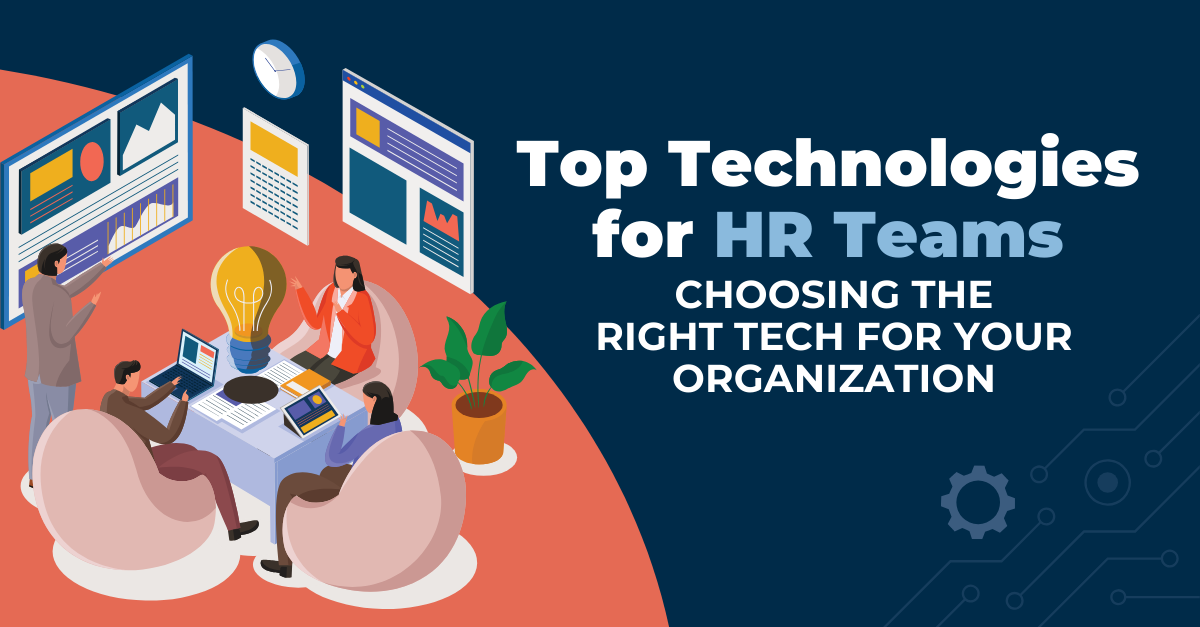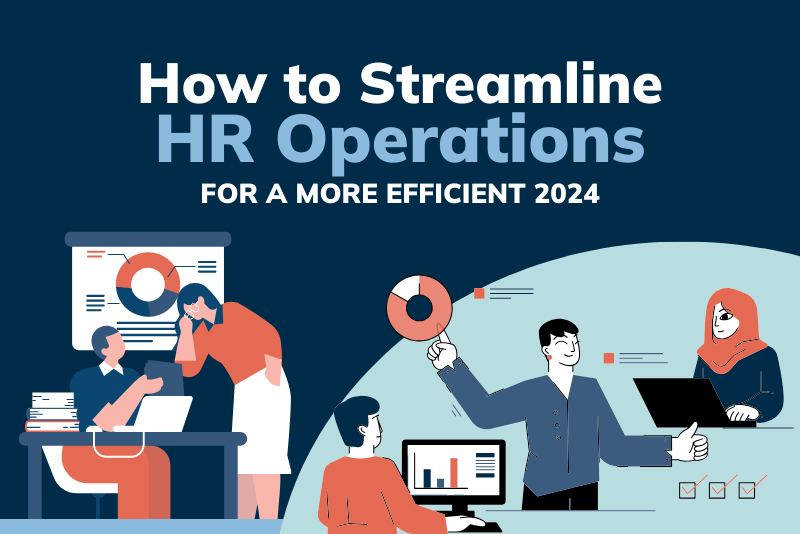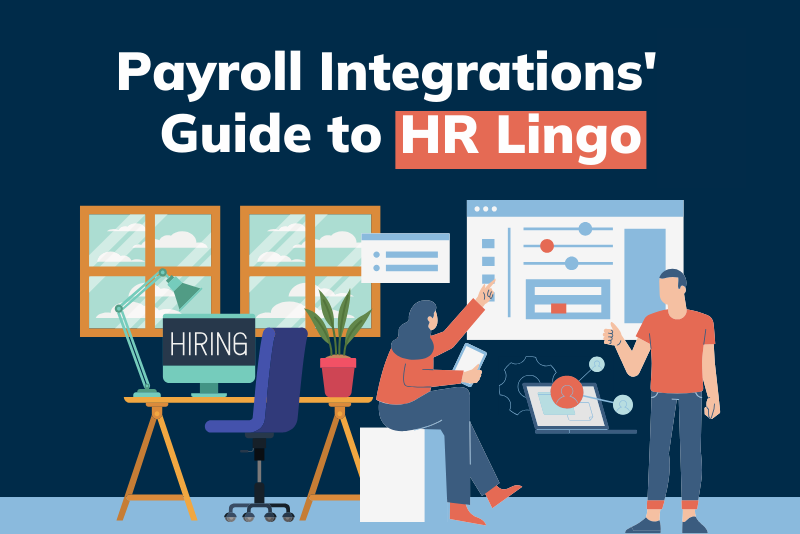HR Managers: 5 Ways to Improve Company Culture
Today’s employees are deeply invested in finding and cultivating company cultures that make them feel included, valued and at ease. Happy employees are engaged employees, central to sustainable company productivity.
Yet, without a distinct, well-developed and clearly communicated company culture, employees can be left feeling confused, directionless and unmotivated. As HR managers, developing that culture is one of your most essential mandates to improve retention and boost performance.
Here are 5 ways to improve company culture that you can begin to implement right away.
1. First, and most importantly, define what a positive workplace culture looks like
One of the primary challenges in developing an intentional work culture is simply understanding what the concept means in general, and then what it means for your company.
Without diving into an examination of what culture refers to as a broader concept, company culture can be understood in terms of two categories: norms and behaviors. Norms can refer to beliefs, values, attitudes, missions and varying purposes. Behaviors can refer to temperaments, workstyles, communication styles, and other modes of collaborative and social interaction.

While norms are generally understood to exist in the realm of should—prescriptions for how things are done ideally—behaviors are more concrete, observable and measurable. Both form an integrated whole, however, a company identity.
Without a well-defined and consistently communicated company identity informed by clear norms, your employees will lack a clear, consistent model for behavior. That’s not good for company performance when a sense of purpose and collective mission are powerful motivators.
→ Develop a set of shared values
As HR managers, seek conversations with leadership that begin by asking what the company’s top values are. Conversely, conversations can begin with an emphasis on what desirable behaviors are, working backward to determine what norms—values and beliefs—will reinforce that.
For example, if your industry operates on deadlines, timeliness is a norm that will reinforce punctual behaviors, encouraging tight adherence to client timetables.
Similarly, if your industry has strict compliance and reporting requirements, prudence or caution are norms that will reinforce detail-oriented behaviors such as consistently accurate data entry. How each company defines norms vs. behaviors will ultimately depend on individual philosophies and communication styles.
While this may be simple enough in conversation with leadership, excluding regular employees from the conversation is a fatal error. Norms ‘delivered from the mount on high’ will mean little if employees don’t buy into them.
The risk they won’t runs higher if 1) they never had an opportunity to even contribute to them, and 2) leadership does not demonstrate a personal adherence to those values (more on that later).
In brief, bring employees into discussions on what shared goals, values, and aspirations are if you want them to stick.
2. Develop a clear, open communication style
No matter what set of norms and behaviors you decide on to help form your company identity, if you can’t communicate them, they effectively don’t exist.
Focus on company emails that are succinct and effective yet written in a voice that is understanding and relatable. Genuinely accept that communication is a two-way street, and repeatedly demonstrate a willingness to listen.
Perhaps most importantly, choose norms that help to reinforce the communication styles best for your company.
→ Be transparent
A common norm for an efficient company culture is transparency. A workplace where employees are frequently left wondering about key information such as hierarchies and duties is a frustrated and unmotivated workplace.

The more employees don’t understand why, how, and when things are happening, the more they will struggle to push through when times get tough, accelerating the risk of burnout.
While not all workplaces can be equally transparent—a government contractor dealing with security clearances, for example—all HR managers can seek to improve transparency by understanding it as a continuous process that requires consistency to work.
→ Accept feedback earnestly—and give it constructively
One of the most impactful opportunities for demonstrating transparency as a sincerely held norm is in the everyday feedback processes that define company performance and goals.
Whether discussing concrete performance goals on specific tasks or inviting employees to frankly discuss workplace culture, consider feedback genuinely.
Take action—if necessary—to demonstrate understanding. Concerned employees engaged enough to provide feedback in the first place are sure to pay attention to leadership’s follow-up. If all they see is inaction, leadership is risking loss in the trust that communication with them is meaningful.

Similarly, when providing feedback to employees, do so in a way that allows room for mistakes. An atmosphere of ‘walking on eggshells’ is a death knell for any workplace.
Accepting a certain level of failure is especially critical if one of your desired company norms is innovation: workplaces that allow for mistakes and use them as constructive learning opportunities see significantly greater innovation.
When that creative drive for innovation is present, workers tend to be more committed to retain employment for the long haul, excited about the opportunities to not only engage their minds but grow in their careers.
3. Offer robust professional development resources and goals
Today’s employees are as mobile as ever, expecting to change jobs much more often than previous work generations. This is an arguably regrettable trend: not only is it more stressful for employees to lack a certain job stability, but employers and HR teams are also left with a much greater burden from turnovers.
This is partly due to changes common to many workplaces over the last several decades. Unfortunately, one of those changes is the growing feeling among employees that companies aren’t investing in their future.
One of the best ways to combat that? Investing deeply into professional development, communicating clearly as leadership and HR managers that it is a core part of your company’s culture.
→ Provide exciting career-building opportunities
Whether internal or external trainings, provide ample opportunities for employees to continue along their chosen career path by learning about new skills or refreshing existing ones.
Emphasize that growth is a key part of an employee’s duties, healthy and constructive for all parties–including their financial futures.
At the same time, don’t be overbearing: be conscious of whether time invested into training opportunities eats into competing duties and deadlines too egregiously.
Communicate openly with employees that you understand their job is only one part of their life—and perhaps even a stepping stone toward future personal goals.
→ Recognize employee accomplishments
Just as it’s a smart, holistic approach to address mistakes as inevitable learning opportunities, recognize employee accomplishments consistently and sincerely.
If an employee is struggling, it is even more critical that you recognize what they are doing correctly. Conversely, employees who are soaring should be reminded that there is always room for improvement while being consistently rewarded for their excellence.
As HR managers, simply ensuring you both recognize accomplishments and treat mistakes as growth opportunities goes a long way toward creating a work culture employees want to stay in—and even refer to other talent.
4. Lead by example
Building on these principles, understand effective leadership as transparent leadership that serves as a living model for a company’s norms and desired behaviors.

→ Create opportunities for leadership to engage directly
Effective HR managers don’t merely manage their HR teams, and they certainly don’t hide out in the HR wing. They serve as ambassadors and examples for the company norms leadership works with them and their team to define.
Always keep in mind that employees want to do great work for leaders they respect. Together with leadership, engage with employees directly both in conversation and in day-to-day processes.
A team that sees its leadership working toward similar goals, putting in additional effort, being informed—and really just seeming like they care in general is a team that will consistently exceed expectations.
→ Leadership’s character is at least as important as performance
Of course, leadership is also human. As HR managers, you may not always rise to the challenges of each day, and your bosses might not either—just like your employees.
Employees are sure to notice, yet leadership that owns those mistakes will not only encourage employees to do the same, but inspire greater understanding and loyalty.
Similarly, leadership that exudes core company norms will often be able to communicate their importance without saying a word. It’s well enough to say that you should keep your promises, but consider actually keeping them.
It is easy to argue that workplace behavior should be composed, but not so easy if you lose your temper with mistakes in the meeting room. Pay attention to your employees, their attitudes, their moods, and respond appropriately by example.
5. Focus on employee wellness
While emphasizing professional development is key—as is effective leadership—companies that don’t invest thoroughly in employee physical and mental wellness via financial education initiatives and benefits programs are simply going to miss the mark. A company culture that fails to emphasize wellness isn’t one employees will feel inspires loyalty.
→ Walk the talk with comprehensive benefits
Are employees struggling with the cost of living? Examine payroll, yes, but also (e.g.) health benefit plans with more generous deductibles. Employees worrying over not just their future careers, but retirements? Invest in retirement benefits packages, communicating clearly how to best take advantage of them while explaining all key investment terms and strategies as needed.
Of course, benefits administration is a sizable task on its own and one that may already eat up the majority of you and your team’s time as HR professionals.
If a helping hand is needed, consider investing in specialized HR tools designed to automate time-consuming and error-prone manual tasks.
Service partners with tailored APIs designed to integrate with existing HR systems can help relieve HR of the tasks that may be getting in the way of the hard—but rewarding—work of developing a definable company culture.
What Culture Isn’t, and Respecting Autonomy
Something you may have noticed hasn’t been mentioned yet is company events, get-togethers, ‘parties,’ or other such initiatives that are commonly—and not always kindly—associated with efforts to build ‘company culture.’ That isn’t because those aren’t potentially useful tools, but because they may not be useful tools for your workplace.
This is where all of the work done in the five methods above comes in: not every workplace may want to meet at a company social after hours. Not every workplace may think a pizza party is a sufficient reward for hard work. Not every workplace may associate meaningful culture building with social events in general, and most employees don’t appreciate ‘compulsory fun.’
Employees especially won’t appreciate when efforts to build ‘company culture’ aren’t backed up by strong leadership and commitments to employee wellness, such as sufficient sick and vacation time.
In fact, a ‘culture-building’ effort such as a work party isn’t building upon a positive culture at all without those foundations.
Ultimately, a job is an agreement between an employee and employer to deliver on a shared goal, exchanging productivity for wages. A company culture should reflect that understanding first and foremost.
Yes, it is ideal if a workplace can also generate personal friendships or be legitimately ‘fun.’ What isn’t fun is a workplace with values that don’t align with its mission, with leadership that can’t coordinate to get work done in an effective fashion or with investment priorities that don’t place employee wellness at the fore.
By developing a company culture that understands employees as ends in and of themselves rather than means to an end, you will create the kind of performance environment that management journals dream about.



